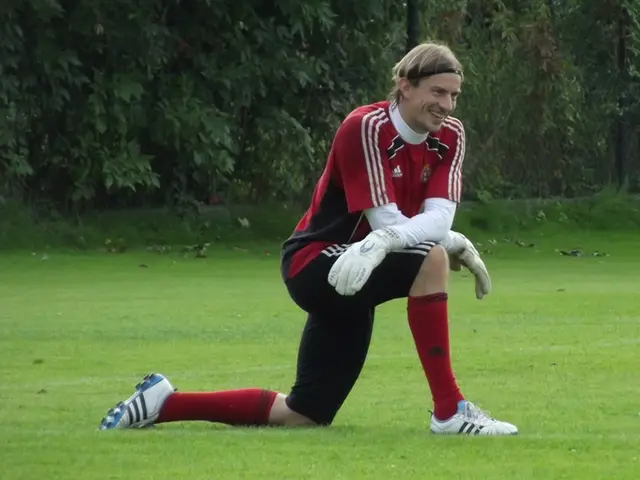Breaking Down the DLRG's Heroic Efforts in Saxony
Financial Assistance Given to Over 700 Individuals in Saxony by DLRS - Rescue League for Water, DLRG, Aids over 700 Individuals in Saxony
Heads up, folks! The dedicated lifeguards from the German Life Saving Association (DLRG) didn't hold back in Saxony last year, springing into action in a whopping 710 incidents. These emergencies ranged from rescues and first aid to wound care and searches for missing individuals, with a whopping 33 lives saved right off the bat.
These brave volunteers clocked over 18,700 hours of service, with 510 lifeguards stationed across the state. While tragedies occurred, it's worth noting that there were no fatal swimming accidents among those under 30, just as in the previous year.
Last year wasn't the rosiest in terms of swimming safety, though. Reports showed that 16 individuals lost their lives in swimming accidents. Most of these incidents happened in nature's playground, with five unfortunates meeting their end in rivers, six in lakes, and one unfortunate soul in a swimming pool. Almost all of the victims were over 50 years old, with one exception.
But let's not forget that the DLRG doesn't solely focus on emergencies. In 2024, 601 little swimmers in Saxony earned their early swimmer badge (Seepferdchen), compared to 643 in 2023. The bronze badge (Freischwimmer) saw a boost in recipients, jumping from 465 in 2023 to 524 in 2024.
Across Germany, the DLRG's influence on water rescue and swimming education remains strong. The organization boasts over 600,000 members, with active numbers rising in regions such as Thüringen. In fact, the number of swimming badges awarded nationwide exceeded 95,000 in 2024, setting a new decade-long record.
If you're craving more specific insights into the DLRG's activities in Saxony, reaching out to your local chapter or reviewing their official reports could provide the answers you seek. Stay safe, folks! 🌞🏊♂️🗣️
The DLRG, in their community policy, has emphasized the importance of health-and-wellness and fitness-and-exercise through their swimming education programs, as evidenced by the increase in early swimmer and bronze badge recipients in Saxony. To strengthen and further promote social well-being, the DLRG could explore incorporating elements of science, such as research on water safety and effective teaching methods, into their social policy regarding swimming education.







